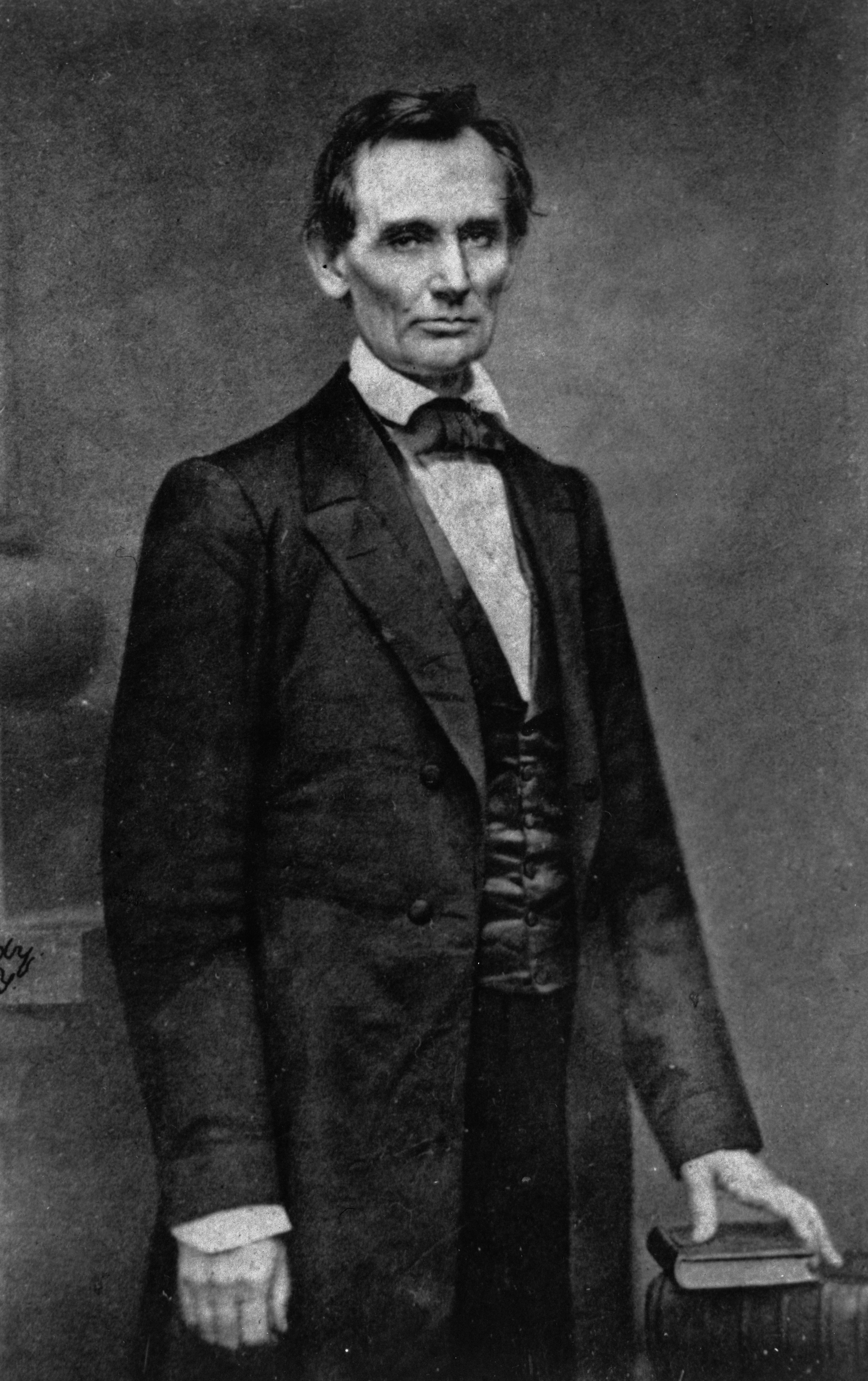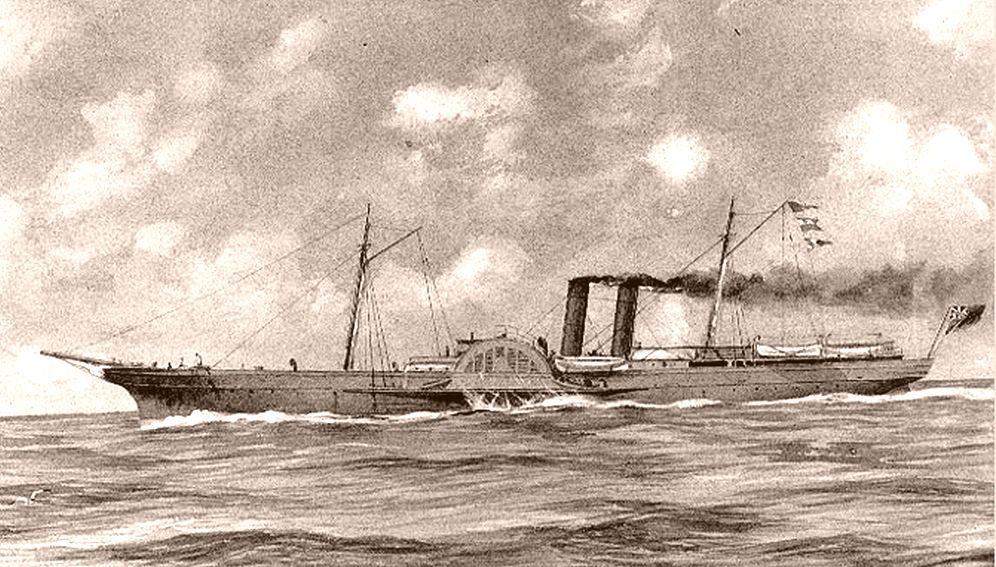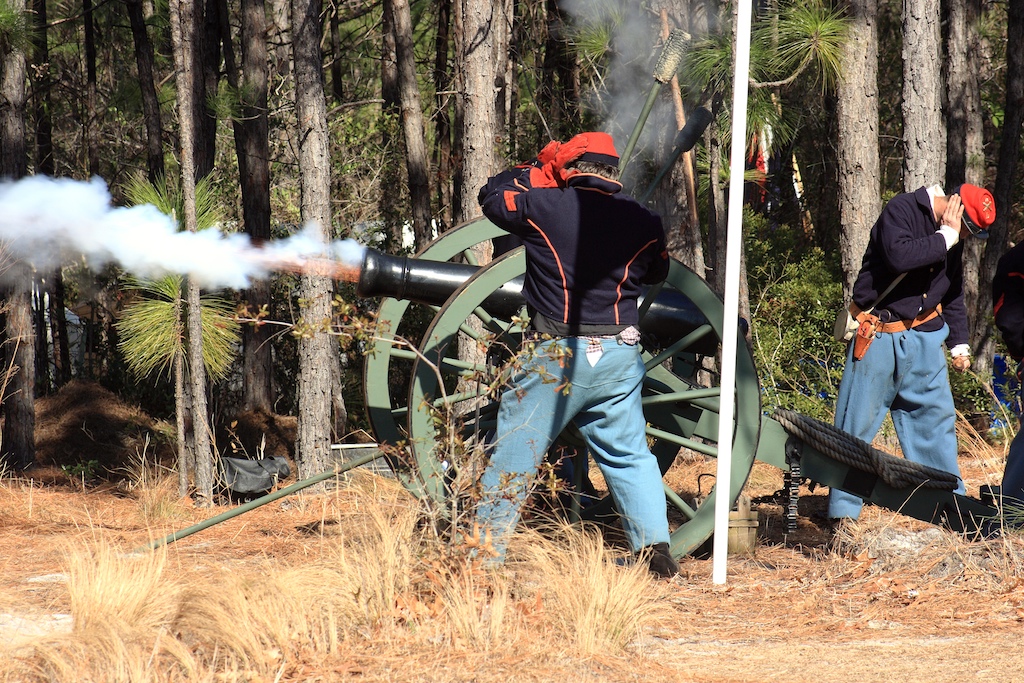|
Chesapeake Affair
The ''Chesapeake'' Affair was an international diplomatic incident that occurred during the American Civil War. On December 7, 1863, Confederate sympathizers from the British colonies Nova Scotia and New Brunswick captured the American steamer ''Chesapeake'' off the coast of Cape Cod. The expedition was planned and led by Vernon Guyon Locke (1827–1890) of Nova Scotia and John Clibbon Brain (1840–1906). When George Wade of New Brunswick killed one of the American crew, the Confederacy claimed its first fatality in New England waters. The Confederate sympathizers had planned to re-coal at Saint John, New Brunswick, and head south to Wilmington, North Carolina. Instead, the captors had difficulties at Saint John; so they sailed further east and re-coaled in Halifax, Nova Scotia. U.S. forces responded to the attack, violating British sovereignty by trying to arrest the captors in Nova Scotian waters. International tensions rose. Wade and others were able to escape thro ... [...More Info...] [...Related Items...] OR: [Wikipedia] [Google] [Baidu] |
American Civil War
The American Civil War (April 12, 1861May 26, 1865; also known by Names of the American Civil War, other names) was a civil war in the United States between the Union (American Civil War), Union ("the North") and the Confederate States of America, Confederacy ("the South"), which was formed in 1861 by U.S. state, states that had Secession in the United States, seceded from the Union. The Origins of the American Civil War, central conflict leading to war was a dispute over whether Slavery in the United States, slavery should be permitted to expand into the western territories, leading to more slave states, or be prohibited from doing so, which many believed would place slavery on a course of ultimate extinction. Timeline of events leading to the American Civil War, Decades of controversy over slavery came to a head when Abraham Lincoln, who opposed slavery's expansion, won the 1860 presidential election. Seven Southern slave states responded to Lincoln's victory by seceding f ... [...More Info...] [...Related Items...] OR: [Wikipedia] [Google] [Baidu] |
Shelburne County, Nova Scotia
Shelburne County is a county in the Canadian province of Nova Scotia. History Shelburne County was founded in 1784 shortly following the influx of Loyalist settlers evacuated from the newly independent United States. It was originally named Port Roseway, until it became a very busy town and was considered to be the capital of Nova Scotia, in which the name was changed to Shelburne in an attempt to please Lord Shelburne, the British Prime Minister from 1782 to 1783. The boundaries of Shelburne County were established by Governor and Council on December 16, 1785. The first Loyalists arrived in May 1783. They were faced with a somewhat bleak environment in which to make their homes. The land is rocky with acidic soil. There is also much forest. The area had previously been settled by French-speaking Catholic Acadians, many of whom had been deported to British Colonies. The new arrivals included Black Loyalists who were given substandard land, particularly around Birchtown. In 1796 ... [...More Info...] [...Related Items...] OR: [Wikipedia] [Google] [Baidu] |
The Northern Mariner
''The Northern Mariner'' (French: ''Le marin du nord'') is a quarterly peer-reviewed academic journal published by the Canadian Nautical Research Society in association with the North American Society for Oceanic History. It covers the study of maritime affairs and the inland waterways of the nations that touch the seas of the northern hemisphere. While the emphasis is on historical essays, the journal publishes articles and research notes which reflect other approaches. Topics of interest include ships, shipbuilding, ship owning, technology, merchant shipping, trade, labour, maritime communities, ports, naval history, fishing, whaling, sealing, underwater archaeology, and maritime biography. The journal also includes book reviews A book review is a form of literary criticism in which a book is merely described (summary review) or analyzed based on content, style, and merit. A book review may be a primary source, an opinion piece, a summary review, or a scholarly view. B .... ... [...More Info...] [...Related Items...] OR: [Wikipedia] [Google] [Baidu] |
Mercenary
A mercenary is a private individual who joins an armed conflict for personal profit, is otherwise an outsider to the conflict, and is not a member of any other official military. Mercenaries fight for money or other forms of payment rather than for political interests. Beginning in the 20th century, mercenaries have increasingly come to be seen as less entitled to protection by rules of war than non-mercenaries. The Geneva Conventions declare that mercenaries are not recognized as legitimate combatants and do not have to be granted the same legal protections as captured service personnel of the armed forces. In practice, whether or not a person is a mercenary may be a matter of degree, as financial and political interests may overlap. International and national laws of war Protocol Additional GC 1977 (APGC77) is a 1977 amendment protocol to the Geneva Conventions. Article 47 of the protocol provides the most widely accepted international definition of a mercenary, th ... [...More Info...] [...Related Items...] OR: [Wikipedia] [Google] [Baidu] |
Acadian Recorder
The ''Acadian Recorder'' was a weekly newspaper published during the 19th century in City of Halifax, Halifax, Nova Scotia, Canada. The newspaper was founded on January 16, 1813, by Anthony Henry Holland. He was joined in 1821 by his brother, Philip. In 1824, Philip assumed full control of the publication. In 1837, the paper came under the ownership of John English and Hugh William Blackadar. The family retained control of the newspaper until it ceased publication on May 10, 1930, shortly after the death of C.C. Blackadar. The newspaper was published for over a century printing local, national and international stories. Other features of the paper included shipping news, marriage announcements and obituaries, a poetry and story section, a weekly almanac, and advertisements. References 1813 establishments in Canada 1930 disestablishments in Canada Defunct newspapers published in Nova Scotia Defunct weekly newspapers Newspapers published in Halifax, Nova Scotia Public ... [...More Info...] [...Related Items...] OR: [Wikipedia] [Google] [Baidu] |
Arms Trafficking
Arms trafficking or gunrunning is the illicit trade of contraband small arms, explosives, and ammunition, which constitutes part of a broad range of illegal activities often associated with transnational criminal organizations. The illegal trade of small arms, unlike other organized crime commodities, is more closely associated with exercising power in communities instead of achieving economic gain. Scholars estimate illegal arms transactions amount to over US$1 billion annually. To keep track of imports and exports of several of the most dangerous armament categories, the United Nations, in 1991, created a Register for Conventional Arms. Participation, however, is not compulsory, and lacks comprehensive data in regions outside of Europe. Africa, due to a prevalence of corrupt officials and loosely enforced trade regulations, is a region with extensive illicit arms activity. In a resolution to complement the Register with legally binding obligations, a Firearms Protocol was in ... [...More Info...] [...Related Items...] OR: [Wikipedia] [Google] [Baidu] |
Blockade Runners Of The American Civil War
During the American Civil War, blockade runners were used to get supplies through the Union blockade of the Confederate States of America that extended some along the Atlantic and Gulf of Mexico coastlines and the lower Mississippi River. The Confederacy had little industrial capability and could not produce the quantity of arms and other supplies needed to fight against the Union (American Civil War), Union. To meet this need, British investors financed numerous blockade runners that were constructed in the British Isles and were used to import the guns, ordnance and other supplies, in exchange for cotton that the Textile manufacture during the British Industrial Revolution, British textile industry needed greatly. To penetrate the blockade, these relatively lightweight shallow draft ships, mostly built in British shipyards and specially designed for speed, but not suited for transporting large quantities of cotton, had to cruise undetected, usually at night, through the Union ... [...More Info...] [...Related Items...] OR: [Wikipedia] [Google] [Baidu] |
Union Blockade
The Union blockade in the American Civil War was a naval strategy by the United States to prevent the Confederate States of America, Confederacy from trading. The blockade was proclaimed by President Abraham Lincoln in April 1861, and required the monitoring of of Atlantic Ocean, Atlantic and Gulf of Mexico, Gulf coastline, including 12 major ports, notably New Orleans and Mobile, Alabama, Mobile. Those Blockade runners of the American Civil War, blockade runners fast enough to evade the Union Navy could carry only a small fraction of the supplies needed. They were operated largely by British and French citizens, making use of neutral ports such as Havana, Cuba, Havana, Nassau, Bahamas, Nassau and Bermuda. The Union commissioned around 500 ships, which destroyed or captured about 1,500 blockade runners over the course of the war. The blockade was successful in blocking 95% of cotton exports from the South compared to pre-war levels, devaluing its currency and severely damaging ... [...More Info...] [...Related Items...] OR: [Wikipedia] [Google] [Baidu] |
Benjamin Wier
Benjamin Wier (August 9, 1805 – April 14, 1868) was a Canadian businessman and politician. Early life He was born in Newport Township, Hants County, Nova Scotia, the son of Benjamin Weir. He married Phoebe Wier, a cousin, and opened a store near Windsor. He moved to Halifax in 1830. Career He established himself in the wholesale trade, operating a fleet of schooners that traded goods between Nova Scotia and New England. Prior to Canadian Confederation in 1867, Wier represented Halifax township from 1851 to 1859 and Lunenburg County from 1859 to 1863 in the colonial Nova Scotia House of Assembly. During that period, he served in the province's Executive Council from 1855 to 1856 and from 1859 to 1863. After losing his seat in the Nova Scotia election of 1863, he turned his attention to his many business interests. He was president of the Dartmouth Marine Railway and of the Salt Works Company. Weir was also a director of the People's Bank, the Union Marine Insurance Co ... [...More Info...] [...Related Items...] OR: [Wikipedia] [Google] [Baidu] |
Slavery Abolition Act 1833
The Slavery Abolition Act 1833 ( 3 & 4 Will. 4. c. 73) was an act of the Parliament of the United Kingdom, which abolished slavery in the British Empire by way of compensated emancipation. The act was legislated by Whig Prime Minister Charles Grey, 2nd Earl Grey's reforming administration, and it was enacted by ordering the British government to purchase the freedom of all slaves in the British Empire, and by outlawing the further practice of slavery in the British Empire. The act was repealed in 1998 as a part of a broader restructuring of English statute law, though slavery remains abolished. Background In May 1772, Lord Mansfield's judgment in the ''Somerset'' case emancipated a slave who had been brought to England from Boston in the Province of Massachusetts Bay, and thus helped launch the movement to abolish slavery throughout the British Empire. The case ruled that slavery had no legal status in England as it had no common law or statutory law basis, and as such so ... [...More Info...] [...Related Items...] OR: [Wikipedia] [Google] [Baidu] |
Halifax, Nova Scotia
Halifax is the capital and most populous municipality of the Provinces and territories of Canada, Canadian province of Nova Scotia, and the most populous municipality in Atlantic Canada. As of 2024, it is estimated that the population of the Halifax Census Metropolitan Area, CMA was 530,167, with 348,634 people in its urban area. The regional municipality consists of four former municipalities that were Amalgamation (politics), amalgamated in 1996: History of Halifax (former city), Halifax, Dartmouth, Nova Scotia, Dartmouth, Bedford, Nova Scotia, Bedford, and Halifax County, Nova Scotia, Halifax County. Halifax is an economic centre of Atlantic Canada, home to a concentration of government offices and private companies. Major employers include the Canadian Armed Forces, Department of National Defence, Dalhousie University, Nova Scotia Health Authority, Saint Mary's University (Halifax), Saint Mary's University, the Halifax Shipyard, various levels of government, and the Port of ... [...More Info...] [...Related Items...] OR: [Wikipedia] [Google] [Baidu] |
Wilmington, North Carolina
Wilmington is a port city in New Hanover County, North Carolina, United States. With a population of 115,451 as of the 2020 United States census, 2020 census, it is the List of municipalities in North Carolina, eighth-most populous city in the state. The county seat of New Hanover County, it is the principal city of the Cape Fear (region), Wilmington metropolitan area, which includes New Hanover, Brunswick County, North Carolina, Brunswick, and Pender County, North Carolina, Pender counties. As of 2023, the region had an estimated population of 467,337. Wilmington's residential area lies between the Cape Fear River and the Atlantic Ocean, and the city developed as a commercial port in the colonial era. Toward the end of the 19th century, Wilmington was a majority-black, racially integrated, prosperous cityand the largest in North Carolina. It suffered what became known as the Wilmington massacre in 1898 when white supremacists launched a Coup d'état, coup that overthrew the legit ... [...More Info...] [...Related Items...] OR: [Wikipedia] [Google] [Baidu] |








